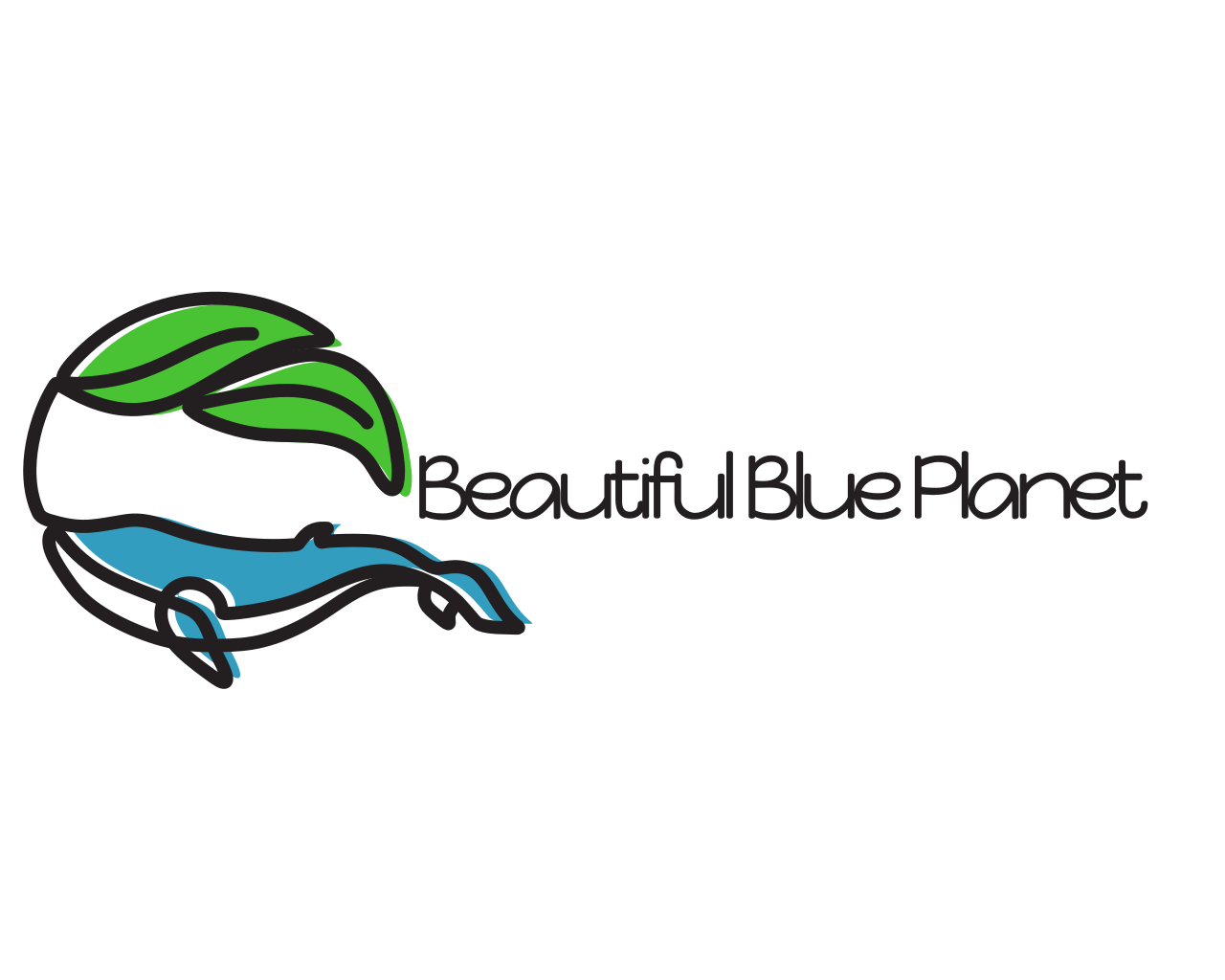Our gardens, landscapes, and farms take up a lot of space in the US. What we do with that space often leads to dwindling populations of pollinators, birds, and all the other species that feed ecosystems.
But we can view our gardens and landscapes in a different way and use techniques that help restore the earth rather than deplete it.
The right practices and designs can actually boost populations of birds, pollinators, wildlife-sustaining insects, and more. And we can even soak up a lot of carbon dioxide from the atmosphere and turn it into high quality humus to make soils that are healthier and that produce more nutritious food, flowers, and that soak and store more water.
Ready to know more?
What is Ecological Landscaping? What does it Do? And How do We Start?
Keeping local ecosystems healthy provides essential benefits—pollinators, birds, and all wildlife depend on having enough native plants in an area. Specifically, native plants. Non-natives, no matter how pretty and how popular they are, will not do. There are no substitutes. And natives can be so beautiful! They can restore a natural beauty to our local areas, a beauty that is unique to where we are.
Save Our Birds by Planting the Right Plants and Give the Best Gift to Our Children
How much birdsong you hear is a good bellwhether of our bird populations. Are you hearing as much as you used to? Bird populations are dwindling. Find out what you can do to help—even in your own garden!
Our Gardens Can Save the Bees—Much More Than You’d Think!
Choosing your garden and landscape plants wisely can provide food and habitat for native bees. These are the bees that are declining around the world but are the essential pollinators of more than three quarters of all the earth’s plants. Read how much of an impact your garden and landscape can have.
How We Can Help Our Lesser-Known Pollinators
Native bees aren’t housed in hives. They make their own homes. But our landscapes are often overly tidy and maintenance often removes the places bees would like to nest in. This can lead to many overwintering eggs being hauled off to green waste, burn piles, and even compost piles. Learn more about what they need and how to let them thrive in your garden or landscape. And get better pollination services!
You Can Help the Native Bees—They’re Our Best Pollinators
Most people think that helping honeybees is important for pollination. But honeybees aren’t even from North America. They’re from Europe! North America has over 4,000 species of native bees. And those are the ones to save. They’re much more efficient pollinators. Supporting them requires a few special things to make sure they have a home in your yard.
Bumble Bees are Some of Our Most Important Pollinators
Wondering why you’re tomatoes don’t yield enough fruit? One reason good very well be that you don’t have bumble bees around. They are the ones that pollinate tomato-type flowers. Learn more about them and how to keep them around.
Let Beneficial Insects Work for You in Your Garden—Here’s All They Need From You
When you notice pests on your garden plants, it can be tempting to want to kill them. But with them you’d be killing the good bugs. Learn about what the good bugs can do for you in your garden and how to bring them in and make them stick around.
Don’t Miss This Key Ingredient for a Successful Butterfly Garden
You may think that providing the right flowers is what you need to feed and help the butterflies. But this only feeds the adults. The adults are not that selective about their nectar source. But their children, caterpillars, are very picky. As we know from the monarch butterfly whose caterpillar only eats milkweed foliage, so it goes for all the butterflies. Find out how you can be sure to support your native butterflies.
Two Powerful Ways the Soil Soaks up Carbon Dioxide
Farms, landscapes, and gardens take up a lot of space on this planet. How we treat the soil can harm the soils and the ecosystem or help it. When we build better soils, they can remove a lot of carbon dioxide from the atmosphere. That carbon dioxide gets fixed into living tissue in the soil and creates an extremely healthy and resilient soil that yields healthier food, flowers, and ecosystems.
Looks Like the West is Still in a Drought
A Megadrought is occurring in the western US. This is most likely a result of climate change. But there are some people in very arid areas who have demonstrated how to store scant rainfall with plants and soil. Read about these deeply inspiring people!
Grow Your Own Meadow Garden
More and more people are creating meadow gardens in home gardens and in parks. They are a mix of grasses and flowering plants that lend a wilder aesthetic, but most importantly, they are a great way to boost pollinator populations and provide wildlife habitat and food for birds and many beneficial insects. This article gets you started.
